As warmer weather arrives and school lets out, pediatric trauma injury prevention coordinators brace for an increase in hospital admissions, with trampoline-related incidents being a significant concern. Despite their popularity as backyard recreational equipment, trampolines pose substantial risks to children, leading experts to advise extreme caution.
Key Takeaways
- The American Academy of Pediatrics (AAP) strongly recommends against recreational trampoline use for children.
- Nearly 100,000 trampoline-related injuries were reported in a single year, with safety nets and adult supervision showing little impact on injury rates.
- 75% of trampoline injuries occur when multiple people are jumping simultaneously.
- Younger children are particularly vulnerable to severe injuries, including fractures of the legs and spine.
The Risks of Recreational Trampoline Use
Trampolines are often viewed by parents as simple play equipment, but they are not toys and can lead to severe consequences. The American Academy of Pediatrics has classified trampolines as too dangerous for children outside of structured sports training programs with professional supervision. Their recommendation is to avoid recreational trampoline use altogether due to the high incidence of injuries.
Research indicates that the majority of trampoline injuries happen when more than one person is on the mat at the same time. The youngest children are at the highest risk for serious harm, including fractures of the legs and spine. Even with safety nets and adult presence, the risk of injury remains significant.
Safety Guidelines If Trampolines Are Used
Despite the strong warnings, trampolines remain a common sight in many neighborhoods. If parents decide to allow their children to use trampolines, the AAP suggests adhering to strict safety guidelines to mitigate risks:
- Single Jumper Rule: Only one person should be on the trampoline mat at any given time.
- Protective Measures: Ensure adequate, well-maintained protective padding is properly placed around the trampoline.
- Safe Placement: Position trampolines at ground level on a level surface, in an area clear of surrounding hazards.
- Regular Maintenance: Frequently inspect and replace any damaged parts, including padding and enclosure nets. Discard the trampoline if replacement parts are unavailable or if the product is worn or damaged.
- Prohibit Advanced Maneuvers: Discourage children from performing somersaults and flips, as these are common causes of severe and permanent spinal injuries.
- Active Supervision: Adults familiar with these safety guidelines must actively supervise children at all times.
- Insurance Verification: Homeowners should confirm their insurance policies cover trampoline-related claims, as coverage can vary significantly.
It is crucial for parents to understand that trampolines are not as harmless as they may appear and to prioritize safety when considering their use this summer.
Sources
- Exercise caution if you let kids use a trampoline, The Tennessean.

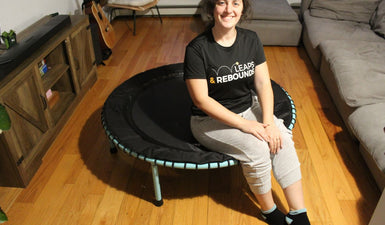
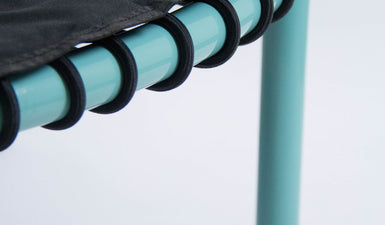



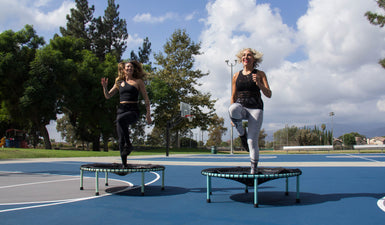

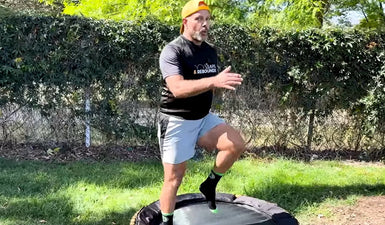

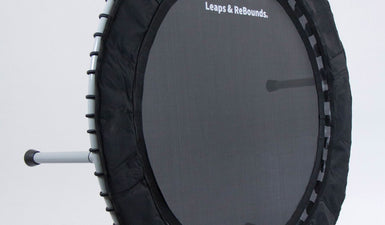
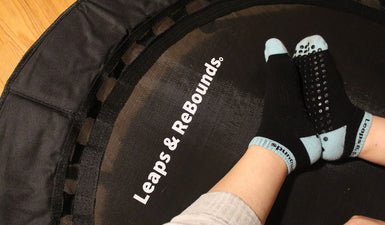







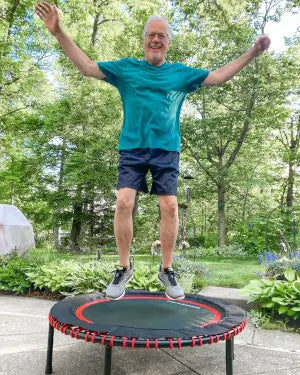

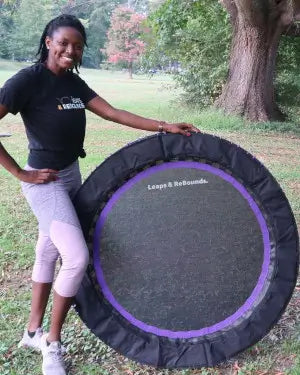

0 comments